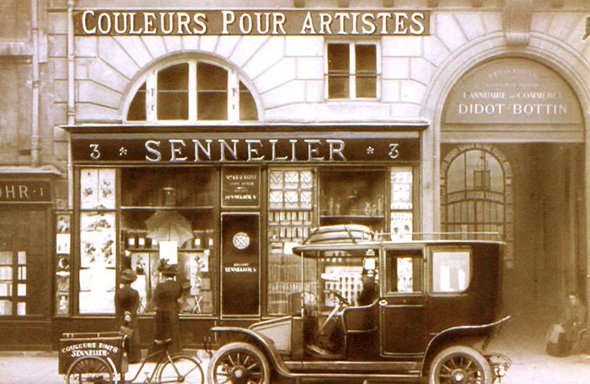The Hidden Costs of Tariffs: How Import Taxes on Art Supplies Threaten Creative Expression
In an era where the global economy is intricately woven into the fabric of everyday life, the recent imposition of tariffs on imported goods has ignited a fervent debate, particularly within the art supplies sector. These tariffs, essentially taxes levied on foreign products, extend their reach far beyond manufacturers and retailers, casting a long shadow over the artists who rely on these essential materials for their creative pursuits.


The immediate repercussions of these tariffs are stark: artists and art supply shops face escalating costs for supplies—paints, brushes, canvases, and specialty papers—many of which are sourced from abroad. As these import taxes take effect, the financial burden inevitably trickles down to consumers, with retailers compelled to pass on the increased costs. For emerging artists or those operating on tight budgets, this translates to a significant barrier to accessing quality materials, stifling not only their creativity but also the innovation that thrives in an environment of artistic exploration.
The art supplies industry is a vibrant tapestry of products, many of which hail from countries renowned for their craftsmanship and quality. As noted in a recent ARTNews article by Karen K. Ho, since February, art professionals have been grappling with new tariffs affecting imports from the UK, EU, Canada, Mexico, Hong Kong, and China. While exemptions for original artworks and antiques remain intact under the Harmonized Tariff Schedule of the United States (HTSUS), the introduction of a baseline tariff of 10 percent on other art-related items—rising to 20 percent for EU (European Union) imports and higher at 32 percent for imports from countries like India—poses a significant threat to the diversity and availability of art supplies.
This disruption in the supply chain can lead to a narrowing of product offerings. Faced with increased costs, companies may opt to streamline their product lines or concentrate on higher-margin items, thereby limiting the options available to artists. Such a reduction in variety can stifle experimentation with new techniques and materials, which are vital for artistic growth and evolution.
Moreover, the uncertainty surrounding tariffs creates a precarious environment for both local art supply stores and larger online retailers. Fluctuating tariffs can lead to unpredictable pricing and supply chain disruptions, complicating inventory management and pricing strategies. This instability fosters a less reliable market for artists, who may struggle to procure the supplies they need when inspiration strikes. The harsh reality is that some makers, suppliers, and retailers may not survive this tumultuous landscape.
On a broader scale, the art community thrives on collaboration and the exchange of ideas—an exchange often facilitated by international trade. Tariffs erect barriers that can stifle this vital flow of creativity, limiting artists' access to global trends and innovations in art materials. This isolation not only diminishes individual artistic expression but also threatens the overall dynamism of the art world.
In conclusion, the ramifications of tariffs on imported goods extend deeply into the art supplies industry, resulting in increased costs, diminished variety, and market instability. These factors collectively hinder artists' access to essential materials and curtail their creative expression. As the art community navigates these challenges, it is imperative to advocate for policies that promote affordable access to quality art supplies, ensuring that artists can continue to thrive and innovate in an increasingly complex global landscape. The vitality of our cultural fabric depends on it.





